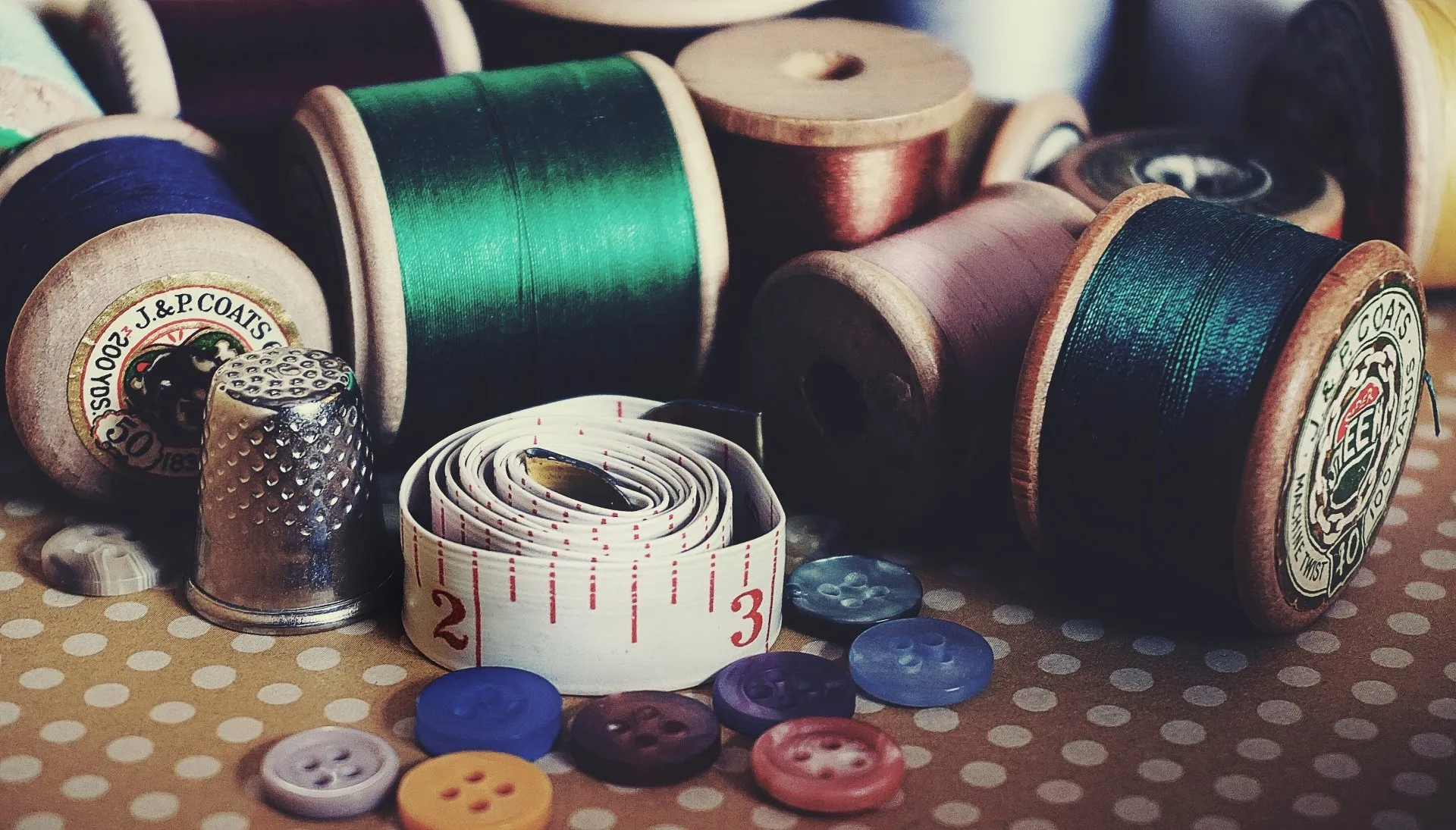Those who love sewing and crafting often have an affinity for classic and traditional homemaking, and love to learn about the history involved with the tasks. When it comes to learning embroidery in St. Louis, MO, it can be fascinating to learn more about the history behind the practice. If you’ve recently picked up the hobby of embroidery in St. Louis, MO and want to learn more about it, read on!
Embroidery origins
You might be surprised at how far back the practice of embroidery dates. In fact, it can be traced back to 30,000 BC in the Cro-Magnon days! We have found the remains of hand-stitched clothing and boots, as well as decorated hats and other articles and accessories that were designed by people who lived at that time.
Embroidery, fiber and needlework arts are thought to have originated in the Middle East, where these skills were used for decoration. It’s crazy to think that even primitive cultures cared about fashion and hobbies to the extent that they would spend time hand-stitching designs into their clothing and accessories.
The main difference in their practice was the materials that they had to use for stitching. They used durable thread made of animal sinew and plant fibers, and stitched them with needles made of bone or ivory. Fossilized remains of Cro-Magnon peoples living around this time have shown ivory beads used in decorating fur clothes and hats. This evidence was found in 1964 at an archaeological site in Russia.
The evolution of embroidery
In Siberia around 5,000 to 6,000 BC, people began drilling shells stitched with decorative designs on animal skin for ornamentation. In China around 3,500 BC, the Chinese used silk thread, precious stones and peals as part of their embroidery. We’ve found examples of the Chinese chain stitch, which can be dated back to the Warring States period between the fifth and third centuries BC.
As time went on, embroidery began shifting from being a handicraft to a privileged and higher-class form of embellishment on clothing. In Persia, India, China, Japan, Byzantium and Baroque Europe, elaborately embroidered clothing was worn only by the richest and most privileged people, and it began to represent luxury and status. In the 18th century, we began to see elaborate freehand stitch, mainly in wool and canvas thread. When printed patterns in color began emerging in the 19th century, embroidery had another surge of popularity.
Today, you can see embroidery threads in cotton, rayon, wool, linen, silk and other novelty threads. Plus, the process of embroidery can be adapted to many materials and styles, from wool to linen and silk. There are many techniques to learn and variation in the final appearance and style. There is always more to learn and experiment with!
If you’re interested in learning or expanding your practice of embroidery in St. Louis, MO, stop by Fenton Sew & Vac. We have been a premier provider of sewing machines and other sewing supplies and crafts since 1973. Plus, we offer instructional classes to beginning sewers if you’d like to learn. Stop by and see what we have to offer!

